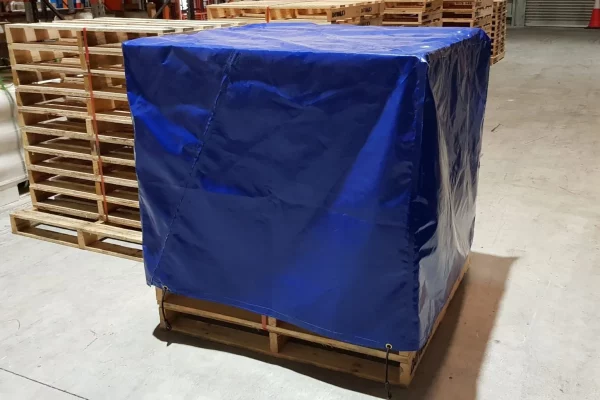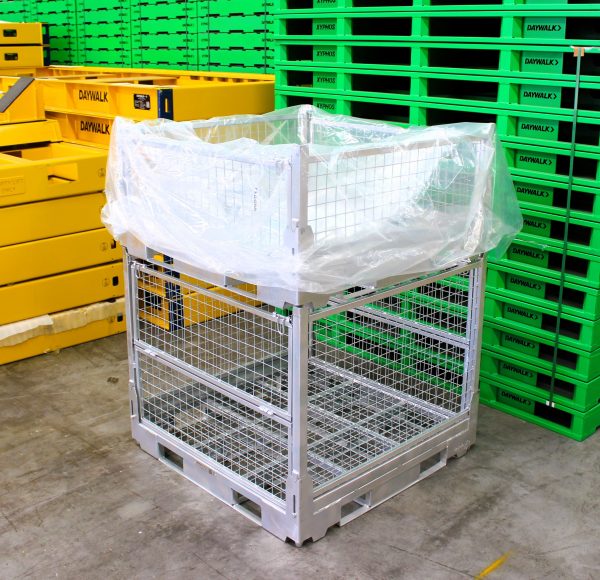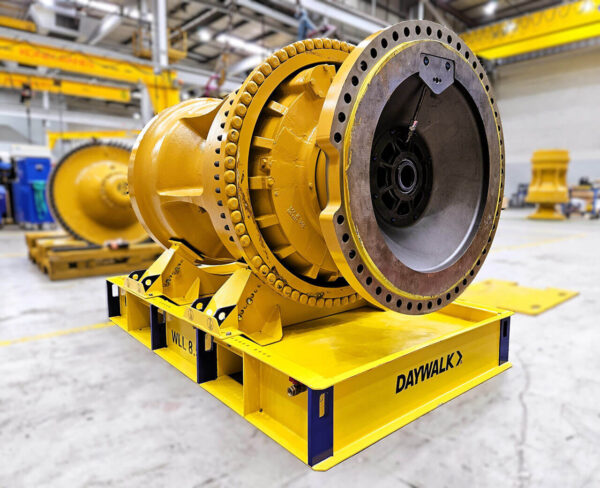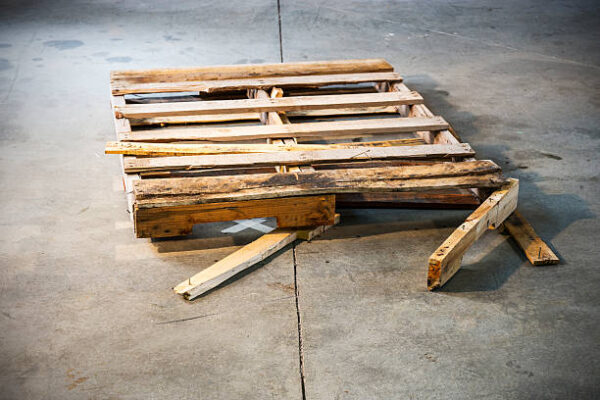Going green – everyone’s encouraged to do their part in the conservation of the environment. These days, many companies have eco-friendly awareness as a core principle in their operations, covering processes from manufacturing to shipping. Of course, shifting from traditional practices to a more eco-friendly method takes time and may bring about some struggles in terms of adaptation, but this doesn’t mean it’s impossible.
For businesses that are just starting to move to more ecologically conscious practices, it may be confusing to identify where to begin. Below are some suggestions on shifting warehouse practices towards a less wasteful and more eco-friendly operation.
BE ORGANISED
The first step to warehouse management is the same step that needs to be taken to make a warehouse eco-friendly. Organise the warehouse from top to bottom, if possible. Sort the supplies stock, account for all equipment and tools, and inspect the available goods stored within the warehouse.
Organising the warehouse and all of its contents makes it easier to identify which items, tools, or equipment require maintenance, repairs, or disposal. Arranging things in these categories (maintain, repair, or dispose of) or in similar ones can give an idea on proceeding with updating the processes of a warehouse to be more environmentally friendly.
AVOID OVERSTOCKING SUPPLIES
Overstocking of supplies is a common concern for many warehouses. The cause is often a lack of organisation, in which the warehouse crew or manager are unable to locate needed parts or supplies immediately, and as such end up purchasing parts or supplies in excess to address immediate repairs or resupply needs.
As a result, the warehouse is overstocked, with parts or supplies unaccounted for. This is doubly wasteful; purchasing new supplies when there are supplies of the same type already on the inventory means that a warehouse or business spends twice for the same item.
DISPOSE OF WASTE PROPERLY
Waste is unavoidable. However, just because the waste cannot be avoided doesn’t mean efforts to minimise such should be ignored. A critical part of industrial waste management is proper disposal. Appropriate disposal goes a long way towards reducing waste. Items like heat shrink plastic are non-biodegradable and should be disposed of properly. Do not burn plastics, and avoid throwing dangerous chemicals into bodies of water. Meanwhile, wooden pallets and paper products are biodegradable and can be recycled. Disposing of waste the right way helps in ensuring that they degrade appropriately, minimising the stress of waste on the environment.
RECYCLE WHERE APPROPRIATE
On top of proper disposal and reducing wastage, another essential part of managing waste is recycling. For example, reusing or continuing to use parts that are still serviceable is one way of minimising waste in a warehouse. Wooden pallets that are nearing the end of their service lifespan can be repurposed and turned into chairs. Plastic wrap can be reused to wrap small items or taped together for makeshift tarps. Recycling requires some creativity, but the efforts can help significantly in lessening the waste that a warehouse generates.
Reducing industrial waste is a simple endeavour with positive results. Go green and try out these suggestions today.





